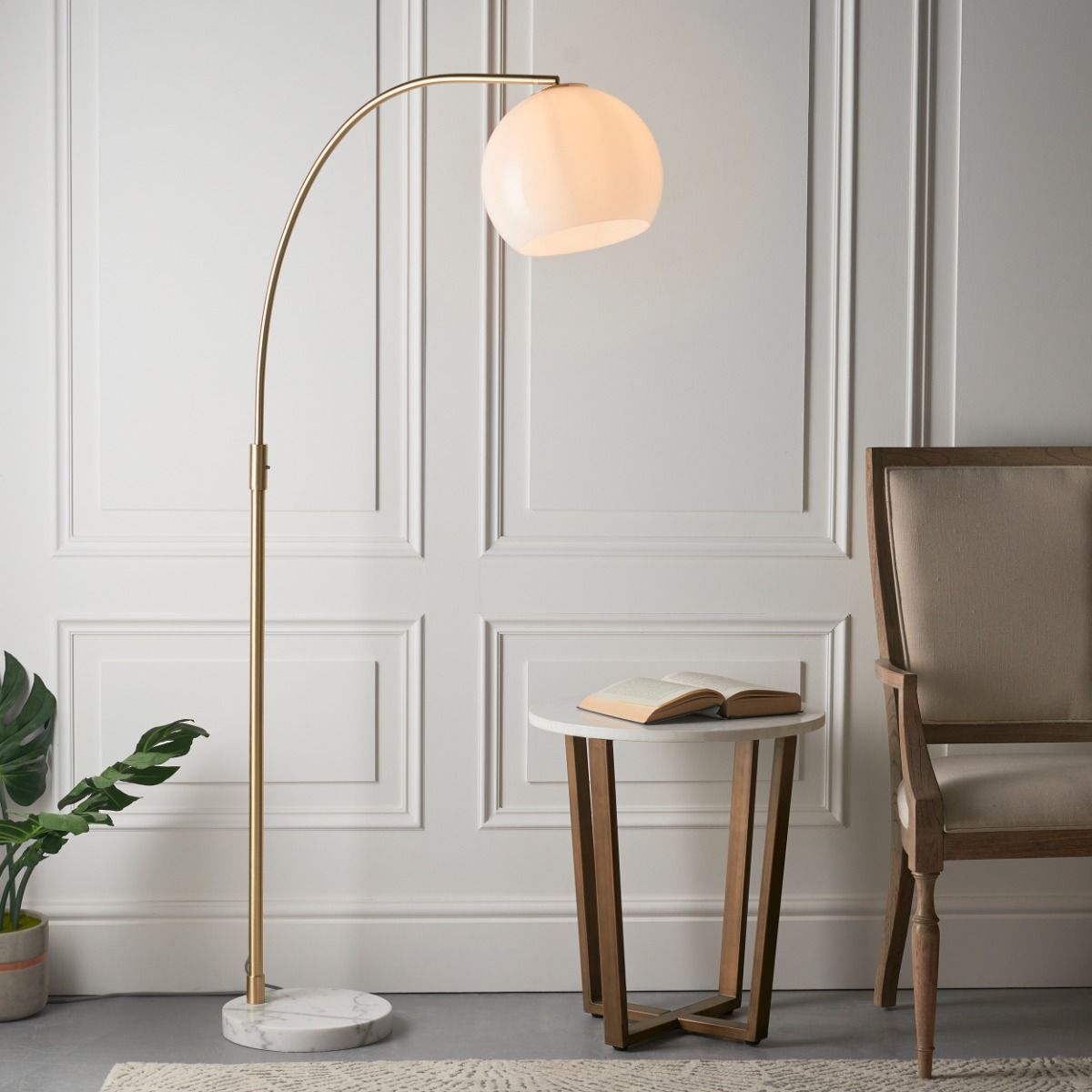Lighting plays a pivotal role in the kitchen, serving not only as a functional necessity but also as a key element in creating an inviting atmosphere. A well-lit kitchen enhances visibility, making it easier to prepare meals, read recipes, and navigate the space safely. Proper lighting can significantly reduce the risk of accidents, such as cutting oneself while chopping vegetables or spilling hot liquids.
Moreover, the kitchen is often considered the heart of the home, where families gather to share meals and stories. Therefore, the right lighting can foster a warm and welcoming environment that encourages interaction and connection among family members and guests. In addition to safety and ambiance, lighting in the kitchen can also influence the overall aesthetic of the space.
Different types of lighting fixtures can complement various design styles, from modern to rustic, and can highlight architectural features or decorative elements. For instance, pendant lights over an island can create a focal point, while under-cabinet lighting can illuminate countertops and enhance the beauty of backsplash tiles. By thoughtfully considering the lighting design, homeowners can transform their kitchens into visually appealing spaces that reflect their personal style while ensuring practicality and comfort.
Choosing the Right Floor Lamp for Your Kitchen
Size and Proportion
The dimensions of the lamp should be in harmony with the available space. A large, bulky lamp can overwhelm a small kitchen, while a slender design might get lost in a more expansive area. The height of the floor lamp is also crucial, as it should provide adequate illumination without obstructing sightlines or interfering with other fixtures.
Style and Aesthetic
The lamp should blend seamlessly with the existing decor and color scheme to create a cohesive look. For example, a sleek, modern floor lamp with clean lines may suit a contemporary kitchen, while a vintage-inspired lamp with ornate details could enhance a farmhouse-style space.
Functionality and Practicality
Functionality should not be overlooked when choosing a floor lamp Varnashop for your kitchen. Consider whether you need adjustable brightness or multiple light settings to accommodate different activities throughout the day. By carefully evaluating these aspects, you can select a floor lamp that not only meets your practical needs but also elevates the overall design of your kitchen.
Incorporating Style and Functionality with a Floor Lamp
A floor lamp can serve as both a stylish accent piece and a practical source of light in your kitchen. To achieve this balance, it is essential to choose a lamp that complements your kitchen’s design while also providing adequate illumination for various tasks. For example, a lamp with a dimmer switch allows you to adjust the brightness according to your needs—bright light for cooking and food preparation, and softer light for casual dining or entertaining guests.
This versatility makes floor lamps an excellent choice for kitchens that serve multiple functions throughout the day. Incorporating style into your choice of floor lamp can also enhance the overall aesthetic of your kitchen. Consider selecting a lamp with unique materials or finishes that resonate with your personal taste.
A brass floor lamp can add a touch of elegance to a modern kitchen, while a wooden lamp may evoke warmth in a rustic setting. Additionally, look for lamps with interesting shapes or designs that can act as conversation starters when entertaining guests. By thoughtfully integrating both style and functionality into your choice of floor lamp, you can create an inviting atmosphere that reflects your personality while meeting your practical needs.
Placement and Positioning of the Floor Lamp in the Kitchen
The placement and positioning of a floor lamp in the kitchen are critical to maximizing its effectiveness and aesthetic appeal. Ideally, the lamp should be situated in an area where it can provide ample light without obstructing movement or access to essential workspaces. Common locations include near seating areas, such as breakfast nooks or dining tables, where it can create a cozy ambiance for meals and gatherings.
Alternatively, placing a floor lamp near an island or countertop can enhance task lighting for food preparation and cooking activities. When positioning the floor lamp, consider factors such as height and angle to ensure optimal illumination. A lamp with an adjustable arm or shade allows you to direct light precisely where it is needed most.
Additionally, be mindful of other light sources in the kitchen; layering different types of lighting—such as overhead fixtures, under-cabinet lights, and floor lamps—can create a well-balanced environment that reduces harsh shadows and enhances visibility. By carefully considering placement and positioning, you can ensure that your floor lamp serves its purpose effectively while contributing to the overall design of your kitchen.
Enhancing Ambiance with Different Types of Floor Lamps
Different types of floor lamps can significantly enhance the ambiance of your kitchen by providing varying levels of brightness and styles. For instance, arc floor lamps are ideal for creating a dramatic effect; their sweeping curves can draw attention to specific areas while providing ample light for tasks or dining. On the other hand, tripod floor lamps offer a more casual vibe and can easily fit into tight corners or smaller spaces without overwhelming the room’s proportions.
The choice of lampshade also plays a crucial role in determining how light is diffused throughout the space; lighter shades tend to create a softer glow, while darker shades may produce more focused beams. Moreover, incorporating multiple types of floor lamps can add depth and dimension to your kitchen’s lighting scheme. For example, combining a sleek modern lamp with a vintage-inspired piece can create an eclectic look that reflects your unique style.
Additionally, using lamps with adjustable brightness settings allows you to tailor the ambiance according to different occasions—bright light for cooking during the day and softer light for intimate dinners at night. By thoughtfully selecting various types of floor lamps, you can create an inviting atmosphere that adapts to your needs throughout the day.
Maintenance and Care for Your Kitchen Floor Lamp
Importance of Maintenance and Care
Maintaining and caring for your kitchen floor lamp is essential to ensure its longevity and continued performance. Regular cleaning is crucial; dust and grime can accumulate on lampshades and bases over time, diminishing their appearance and effectiveness.
Cleaning Your Floor Lamp
To clean your floor lamp, start by unplugging it from the power source for safety. Use a soft cloth or microfiber duster to gently wipe down surfaces, paying special attention to any intricate details or crevices where dust may collect. For lampshades made from fabric or paper, consider using a lint roller or vacuum attachment to remove dust without damaging the material.
Electrical Component Maintenance
In addition to regular cleaning, it is important to check the electrical components of your floor lamp periodically. Inspect cords for any signs of wear or damage, as frayed wires can pose safety hazards. If you notice any issues with flickering lights or unusual sounds when operating the lamp, it may be time to replace bulbs or consult an electrician for further evaluation.
By taking proactive steps in maintaining your kitchen floor lamp, you can ensure that it remains both functional and visually appealing for years to come.
DIY Ideas for Customizing Your Kitchen Floor Lamp
Customizing your kitchen floor lamp through DIY projects can add a personal touch that reflects your style while enhancing its functionality. One popular idea is to repaint or refinish the base of the lamp to match your kitchen’s color scheme or decor theme. For instance, if you have a farmhouse-style kitchen with rustic elements, consider applying a distressed finish to give an antique look to your lamp base.
Alternatively, if you prefer a modern aesthetic, sleek metallic paints can provide a contemporary feel that complements other fixtures in your space. Another creative DIY project involves updating the lampshade to create a unique focal point in your kitchen. You could use fabric remnants or wallpaper samples that align with your design vision to cover an existing shade or create an entirely new one from scratch.
Adding embellishments such as tassels or decorative trim can further enhance its visual appeal. Additionally, consider incorporating smart technology into your DIY project by installing smart bulbs that allow you to control brightness and color temperature through an app on your smartphone. These personalized touches not only make your floor lamp stand out but also ensure it meets your specific needs.
Budget-Friendly Options for Adding a Floor Lamp to Your Kitchen
Adding a stylish floor lamp to your kitchen doesn’t have to break the bank; there are numerous budget-friendly options available that offer both quality and aesthetic appeal. Thrift stores and flea markets are excellent places to find unique vintage lamps at affordable prices. With some minor repairs or refinishing work, these second-hand finds can be transformed into stunning focal points in your kitchen without costing much more than a few dollars.
Additionally, consider exploring online marketplaces where you can find discounted lamps from various retailers or even local artisans who create handmade pieces at reasonable prices. Many stores offer sales or clearance items that allow you to snag high-quality lamps at reduced rates. If you’re feeling crafty but want to keep costs low, DIY projects using inexpensive materials from craft stores can yield impressive results without requiring significant investment.
By being resourceful and creative in your approach, you can successfully incorporate a beautiful floor lamp into your kitchen while staying within budget constraints.

